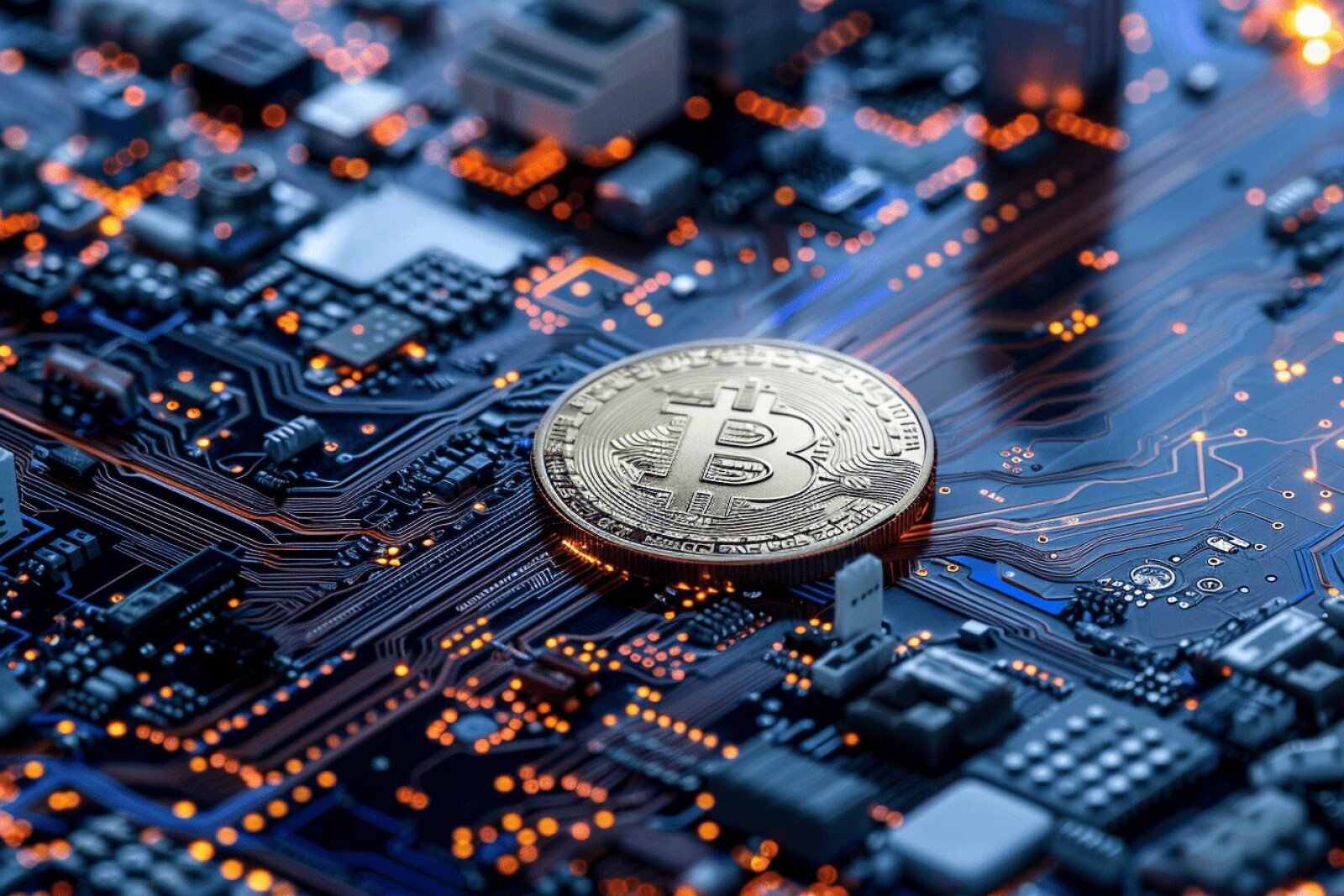
Isabella Chainmore
Solana Surpasses Ethereum in Layer 2 Solutions: A Major Milestone

In a significant development for the cryptocurrency world, Solana has surpassed Ethereum and its Layer 2 solutions in daily transaction volume. This milestone marks a crucial moment in the competition between blockchain networks, highlighting Solana’s increasing dominance and efficiency in decentralized finance (DeFi).
Solana’s Performance and Achievements
Solana’s network achieved a total transaction volume of $3.654 billion in a 24-hour period, outpacing Ethereum’s $2.397 billion. This impressive performance places Solana ahead of Ethereum and other notable Ethereum Virtual Machine (EVM)-based Layer 2 solutions like Arbitrum, Avalanche, Polygon, and Optimism. This data, provided by DefiLlama, showcases Solana’s superior transaction handling capabilities.
Anatoly Yakovenko, Solana’s co-founder, expressed his satisfaction with the platform’s success on social media, emphasizing its leading position in blockchain transactions. He responded to congratulatory messages and highlighted the network’s recent achievements, including high network stability and user experience improvements. Yakovenko also addressed concerns regarding Solana’s centralized staking system, differentiating it from the multisig control mechanisms typical of Layer 2 solutions.
Market Reactions and Implications
The crypto community has been abuzz with reactions to Solana’s latest milestone. Elon Musk, a well-known figure in the tech and crypto space, also weighed in, adding to the growing attention around Solana’s achievements. His reaction underscores the significance of Solana’s performance in the broader context of blockchain technology and its potential to disrupt existing market dynamics.
Industry observers have been debating the implications of Solana’s centralized staking system, with critics pointing out potential vulnerabilities. In response, Yakovenko has engaged in discussions, suggesting that Solana could make adjustments to maintain operations under strict government regulations, thereby showcasing the platform’s adaptability.
Comparison with Ethereum
The comparison between Ethereum and Solana became a focal point of discussion following the activation of Ethereum’s EIP 4844. This upgrade aimed to reduce transaction fees and improve user experience, bringing Ethereum’s performance closer to that of Solana. Despite these improvements, Solana’s recent achievements in daily transaction volume highlight its competitive edge.
Eric Conner, an ETH developer and co-author of EIP 1559, remarked on the minimal differences between Ethereum and Solana in terms of user experience post-EIP 4844. Both networks now offer similar transaction fees, operational speed, and compatibility with major on-chain wallets, with fees below one cent. This development has led to a broader conversation about the future of these leading blockchain networks and their roles in the evolving DeFi landscape.
Solana’s Network Stability and User Experience
One of the key factors contributing to Solana’s recent success is its network stability and low transaction costs. The adoption of priority fees and the maintenance of average fees below $0.000023 highlight Solana’s efficiency and user-friendliness. This stability has been crucial in attracting traders and investors to the platform, further boosting its transaction volumes.
The positive feedback from users, including prominent members of the Ethereum community, underscores Solana’s strength in user experience. Many users have shared their exceptional experiences using the Solana chain for the first time on social media, highlighting its potential to onboard a mass audience.
Future Prospects for Solana and Ethereum
Solana’s recent achievements signal its readiness to attract more users and developers, potentially reshaping the future of decentralized finance. Its improved user experience, network stability, and low fees position it as an attractive platform for a wide range of applications in the blockchain ecosystem.
Ethereum, on the other hand, continues to evolve with its ongoing upgrades and improvements. The successful implementation of Ethereum’s Dencun upgrade introduced “blob” data to significantly reduce fees for Ethereum-based Layer 2 solutions, marking a step towards parity in user experience between the two networks. This continuous development indicates that Ethereum remains a formidable competitor in the blockchain space.
Conclusion
Solana’s surpassing of Ethereum and its Layer 2 solutions in daily transaction volume marks a significant milestone in the blockchain industry. This achievement highlights Solana’s growing influence and potential to reshape decentralized finance. With its superior network stability, low fees, and positive user experiences, Solana is well-positioned to continue its upward trajectory. Meanwhile, Ethereum’s ongoing upgrades and improvements ensure that it remains a key player in the evolving blockchain landscape. As these two leading networks continue to innovate and compete, the future of decentralized finance looks increasingly promising.













